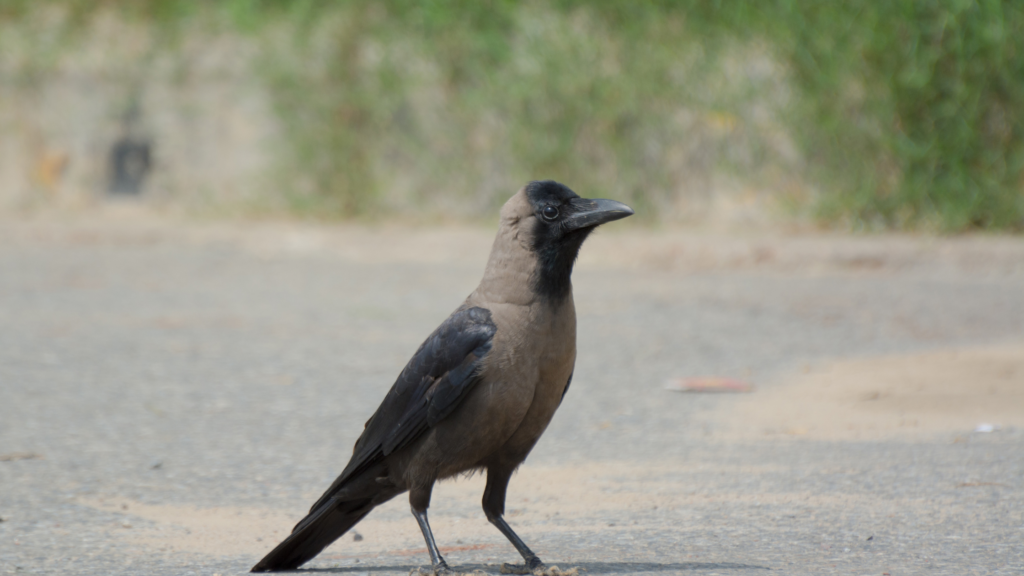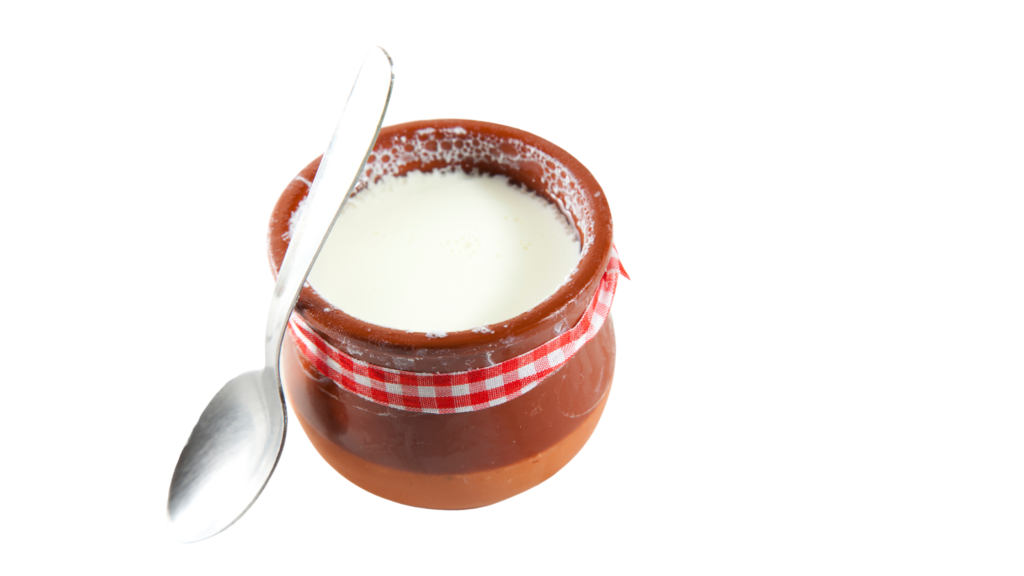Table of Contents
India, a land of diverse cultures and traditions. Each state, region or area has its own culture, food, beliefs etc. In the same way the Indian superstitions practices also vary from one region to another region. However there are some most common superstitious practices which are followed in almost all regions of country. In this article we will explore the weird superstitious practices prevailed in India and the scientific reasons of belief on these superstitious practices.
It must be noted that not all superstitious practices are supported with scientific explanation, even science have contradictory statement on some of the Indian superstitions practices.
Historical Roots
Superstitions in India have ancient origins, deeply rooted in cultural practices and religious beliefs. one of the most famous and immoral superstitious practice was the “Sati Pratha” (Practice)

Sati is an old Hindu practice where a widow burns herself alive on her husband’s funeral pyre. Later on social reformer Raja Ram Mohan Roy started advocating to end the sati practice in 1811. Governor General Lord William Bentinck officially banned Sati in British India in 1829.

Over time, superstitious practices and beliefs have evolved, adapting to societal changes while retaining their core essence.
Common Superstitions and their Scientific explanation
From avoiding black cats to specific rituals during festivals, Indian superstitions manifest in various forms, shaping decisions and behaviors in daily life. Understanding their prevalence is crucial to appreciating their impact on society.
In India, several common superstitious practices have been passed down through generations. Here are a few, along with simple explanations rooted in scientific understanding:
Protection from Evil energy With Lemon And Chilies

In India, a prevalent superstitious practice to ward off evil energy through hanging lemons and chilies at entrances. People mostly hang the lemon and chilies on shop/office entrances.
Scientific Explanation: Lemons are rich in citric acid, a natural disinfectant. The aroma is believed to purify the air, calming nerves. Chilies, on the other hand, contain capsaicin, triggering a mild burning sensation that can stimulate endorphin release, potentially alleviating stress.
While the superstitious element may lack empirical evidence, the practice inadvertently contributes to a cleaner environment and the potential psychological benefits of aromatic and spicy stimuli.
Crow droppings bring luck

In India, the belief that crow droppings bring luck is a longstanding superstition rooted in cultural folklore. Many see it as a positive omen, associating the crow with divine symbolism
Scientific Explanation: scientifically, this practice lacks empirical support. Crow droppings, like any bird excrement, may contain bacteria and parasites, posing health risks rather than bringing luck.
One Rupee coin to a Money gift

Indian people has tendency to add one rupee while giving any “Shagun” (Money gift) during auspicious occasions. Rather than superstitious practices, it is more cultural belief. This is a symbolic act of giving.
Scientific Explanation: This may have originated from the symbolic act of giving, rather than the specific amount. It is more of a cultural gesture than a scientifically validated practice for attracting prosperity.
Consuming Curd Before Going Out for any good work

consuming curd before stepping out of the house, believed to bring good luck and ward off evil. You will often see in Indian families, whenever a person is going out for exam or interview, family members serves them curd so as to get success in the exam or interview.
Scientific Explanation: There is strong scinetific reason behind this practice. Curd is a probiotic, containing beneficial bacteria promoting gut health. A healthy gut, in turn, positively influences mental well-being.
The Mynah Chronicles brings good luck

Folklore suggests that mynahs bring good fortune and act as messengers of the gods.
Scientific Explanation: Scientifically, this belief intertwines with the birds’ behavior—mynahs are opportunistic feeders, often found near human habitation, contributing to their cultural significance.
Avoiding house cleaning after sunset

Tradition suggests that cleaning of house at night or after sunset can disrupts peace and invites negative energy in the house. While this is steeped in superstition, there’s a practical side too, centuries ago, when electricity was not much available, limited artificial lighting made evening cleaning hazardous.
Scientific Explanation: Cleaning at any time of the day is not linked to energies. Interestingly, some scientific merit exists in not disturbing the surroundings post-sunset. Dim light triggers the body’s melatonin production, promoting sleep. So, while the superstition may not hold, there’s a scientific nod to maintaining a calm ambiance during the night for better sleep quality.
Breaking Mirrors in not good sign

Breaking mirrors in India is often considered an ominous act due to deep-rooted superstitions. While cultural beliefs surround the idea of mirrors reflecting one’s soul,
Scientific Explanation: The fear likely stems from ancient times when mirrors were expensive. The seven years might be associated with the time it took to replace or pay for a new mirror. Also there is shattered glass which poses obvious dangers.
Black Cat Crossing Your Path is unlucky

In India, the belief that encountering a black cat crossing your path brings bad luck is deeply rooted in superstition. Many Indians, across diverse communities, hold this superstition, associating black cats with omens of misfortune.
Scientific Explanation :The superstition likely stems from historical associations between black cats and witches in Western cultures, which made their way into Indian folklore over time. Scientifically, a cat’s color has no bearing on its ability to bring good or bad luck.
In fact, the superstition may have inadvertently led to negative consequences for black cats, as they are sometimes associated with Halloween rituals and are considered less adoptable in some shelters.
Hooting of Owls may bring Death news

In India, the superstitious belief surrounding the hooting of owls and its ominous connection to impending death is deeply rooted in cultural folklore.
Many people adhere to the notion that the eerie sound of an owl foretells a tragic event, particularly a death in the family.
Scientific Explanation: Owls are nocturnal birds, and their hooting is a natural behavior. The association with death is likely due to their eerie calls, creating a superstition. In reality, owls play a vital role in maintaining ecological balance. Owls hooting at night isn’t an uncommon occurrence and is typically a natural part of their nocturnal behavior.
Cutting Hair And Nails After Sunset is not recommended

In India, the age-old belief that performing personal grooming activities like cutting hairs and nails during the night may invite negative energies or disrupt the natural balance
Scientific Explanation: This belief may have originated from the lack of proper lighting in ancient times, making it unsafe to perform these tasks in the dark. There is no inherent bad luck associated with grooming after sunset.
Kajal Tika (Dot) on A Baby’s Forehead saves from evil energy

In India, the tradition of applying a kajal tika, a small dot of black kohl, on a baby’s forehead is deeply rooted in cultural beliefs and superstitions. This practice is believed to ward off evil energy and protect the infant from harm.
Scientific Explanation: The practice may have arisen as a means of protecting babies from bright sunlight. Kajal(kohl), made from soot, could have been applied to shield the infant’s eyes from harsh light, and the belief in its protective powers evolved over time.
Read also One stop guide to Indian state delicacies
Itchy Palms Can Mean Money May Come

According to this age-old belief, if the right palm itches, it signifies that you may soon receive money, while an itchy left palm is believed to suggest an impending monetary loss.
Scientific Explanation: Itching in the palms can often be attributed to various physiological factors, including dry skin, allergies, or changes in weather. However, the superstition surrounding financial implications likely stems from the psychological phenomenon of selective attention.
When individuals experience an itchy palm and subsequently receive money, the brain tends to associate the two events, reinforcing the belief in the superstition.
Moreover, the placebo effect may play a role in perpetuating this belief. If someone expects financial gain after experiencing an itchy palm, their mindset may influence their actions and decisions, potentially leading to opportunities for increased income.
Eye Twitching brings Good and Bad luck

According to popular belief, when the right eye twitches, it is considered auspicious, bringing forth positive outcomes and opportunities. Conversely, a twitch in the left eye is often associated with impending bad luck or obstacles.
Scientific Explanation: Eye twitches, or myokymia, occur due to involuntary muscle contractions around the eyelids. Factors such as fatigue, stress, caffeine intake, and eye strain contribute to these spasms. The twitching is generally harmless and self-limiting, lasting only a short duration.
In reality, the correlation between eye twitching and luck is coincidental, ascribing meaning to a random physiological occurrence
Stepping Out During An Eclipse is not recommended

It is believed that stepping out during a solar or lunar eclipse is inauspicious is deeply ingrained in the cultural fabric.
Scientific Explanation: During a solar eclipse, the sun’s rays are obstructed by the moon, leading to a sudden decrease in daylight.
This abrupt change in light can cause the pupils of the eyes to dilate, and when the sun reappears, the intense sunlight can potentially damage the eyes. Hence, the practice of staying indoors is not solely rooted in superstition but also aligns with a precautionary measure to protect one’s vision.
Go Near A Peepal Tree (Sacred Fig) At Night is considered risky

The Peepal tree, or the sacred fig, is believed to be inhabited by spirits, and venturing near it after sunset is often deemed risky.
Scientific Explanation: Peepal trees are known to release carbon dioxide during the night through a process called respiration. This release is more pronounced compared to other trees, leading to a local increase in carbon dioxide levels around the tree during nighttime.
While this natural phenomenon doesn’t pose a significant health risk in open spaces, in enclosed areas, it could theoretically lead to a temporary oxygen deficiency, causing discomfort or unease.
Taking Bath After A Funeral is must

Culturally, taking a bath after a funeral is seen as a symbolic act of purification. Death is considered a state of impurity, and participating in funeral rites may leave one spiritually unclean.
The cleansing ritual, often involving the use of sacred substances like holy basil or neem leaves in the bathwater, is believed to rid the individual of any lingering negative energies associated with death
Scientific Explanation: Funerals can involve exposure to various elements, including bodily fluids and other contaminants. Taking a bath helps in maintaining personal hygiene, preventing the potential spread of infections or diseases that may be present in such environments.
Turn Back After Leaving assumes bad

Culturally, the idea stems from the belief that once you embark on a journey, turning back disrupts the flow of positive energy and invites negative influences
Scientific Explanation: From a psychological standpoint, turning back may trigger a sense of hesitation or doubt, impacting one’s mindset and confidence.
Scientifically, this aligns with the psychological concept of self-fulfilling prophecies, where believing in negative outcomes can influence behavior and lead to the manifestation of those outcomes.
Women should not go to temples During Menstruation

Culturally, menstruation has been historically linked with notions of impurity. Temples, being sacred spaces, have stringent purity standards, and women abstaining during their menstrual cycle is seen as a sign of respect for these religious customs.
Scientific Explanation: Scientifically, there’s no inherent impurity associated with menstruation. The taboo might have originated in a time when hygiene practices were less advanced.
In reality, menstruating women can visit temples without posing any threat to the sanctity or hygiene of the space. Education and awareness about menstrual health have played a crucial role in challenging and redefining these cultural norms.
Historical and Cultural Influences
Many of superstitious practices have ancient origins, tracing their roots back to historical events, religious doctrines, and societal norms.
For instance, the caste system, which has deep historical roots, has influenced various superstitions related to social interactions and relationships. Historical events, such as wars and invasions, have also left an indelible mark on the superstitions prevalent in different regions.
The Vedas, ancient religious texts, and epics like the Mahabharata and Ramayana have embedded certain beliefs and rituals, shaping the superstitious landscape. The concept of planetary positions influencing human destinies, known as astrology, has historical roots in ancient Indian texts.
Moreover, the cultural assimilation resulting from centuries of trade, conquests, and migrations has led to a fusion of diverse beliefs and practices, contributing to the colorful array of superstitions across the subcontinent.
Superstitions in the Modern India
Superstitions in India aren’t solely linked to lack of education; even educated individuals hold beliefs deemed superstitious. Practices vary across regions, from harmless rituals like using lemon-and-chili totems for protection to harmful acts such as witch-burning. Rooted in tradition and religion, these beliefs persist through generations.
In 2007, a survey explored the views of 1,100 Indian scientists from 130 institutes. Findings revealed that 24% scientist believed that holy-men( sadhu) could perform miracles by performing religious activity, 38% thought that any magic can be done by God , 16% supported faith healing, and 69% favored introducing astrology courses in universities.
Despite this, 67% approved of the tradition of seeking blessings from Tirupati before rocket launches. Notably, the survey exposed a gap in fulfilling the constitutional duty of developing a scientific temper. Meanwhile, a 2012 survey by TeamLease found 61% of employees in 800 companies admitted to workplace superstitions, with 48% believing it positively impacted productivity. Interestingly, management tolerated these practices if they didn’t hinder productivity.
Conclusion
In conclusion, the weird world of Indian superstitions is a complex interplay of history, culture, and psychology. Understanding, challenging, and debunking these beliefs are essential steps toward a more rational and open-minded society.
FAQs
- Are superstitions unique to India?
Superstitions exist worldwide, but the specific beliefs vary across cultures. India has a rich tapestry of superstitions unique to its cultural context. - How do superstitions impact daily life?
Superstitions can influence decision-making, relationships, and even health, showcasing their pervasive impact on various aspects of daily life. - Can education eradicate superstitions?
While education is a powerful tool, eradicating superstitions requires a multifaceted approach involving cultural awareness, critical thinking, and community engagement. - Do superstitions have a positive aspect?
Some argue that superstitions provide a sense of comfort and control. However, the potential harm caused by irrational beliefs calls for a balanced perspective. - Is there a cultural shift in attitudes towards superstitions?
With increasing awareness and education, there is a gradual shift in attitudes towards superstitions. However, deeply ingrained beliefs require sustained efforts for change.




Pingback: Karva Chauth Celebrations : A Unique Indian Tradition - indivibehub.in
Having read your posts. I believed you have given your readers valuable information. Feel free to visit my website Article Star and I hope you get additional insights about Search Engine Optimization as I did upon stumbling across your site.
Hi theere just wanted to give you a quick heads up and let you know a few of the pictures aren’t loading properly.
I’m not sure why but I think its a linking issue.
I’ve tried it in two different browsers and both show the same outcome. https://Odessaforum.BIZ.Ua/
What’s up, all thee time i used to check webpage posts here earlpy in the break of
day, for the reason that i love to gain knowledge of more and more. https://Zeleniymis.Com.ua/
Your article helped me a lot, is there any more related content? Thanks!
I like the helpful information you supply in your articles. I will bookmark your weblog and take a look at once more here regularly. I’m quite certain I will be told many new stuff proper right here! Best of luck for the following!
Your point of view caught my eye and was very interesting. Thanks. I have a question for you. https://www.binance.com/bg/join?ref=V2H9AFPY
Can you be more specific about the content of your article? After reading it, I still have some doubts. Hope you can help me.